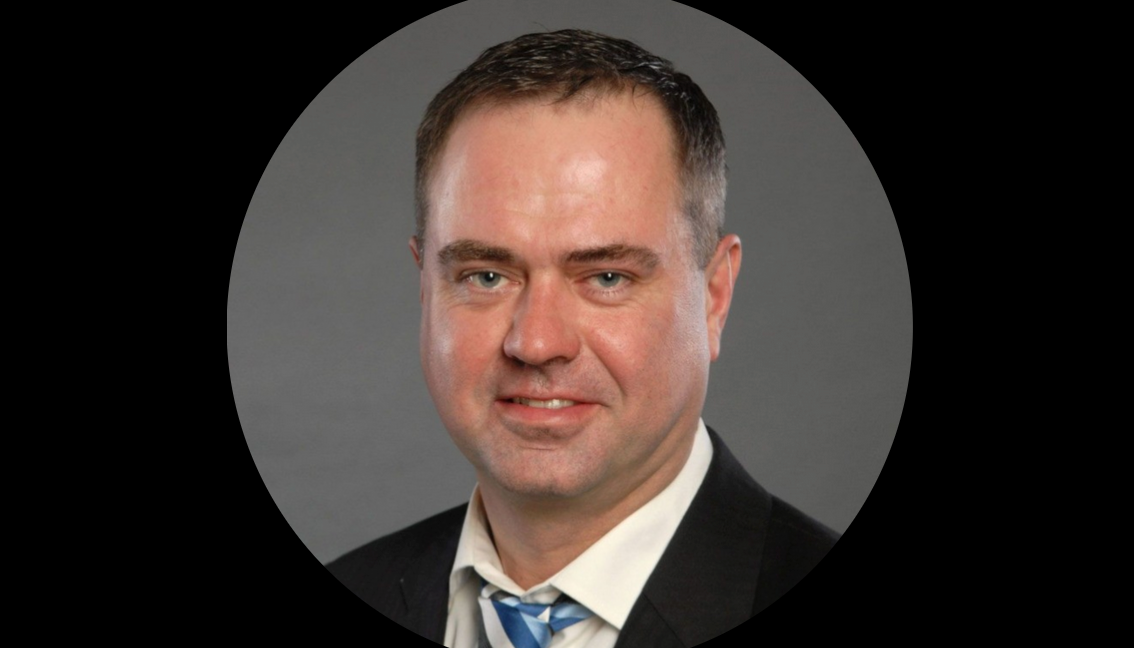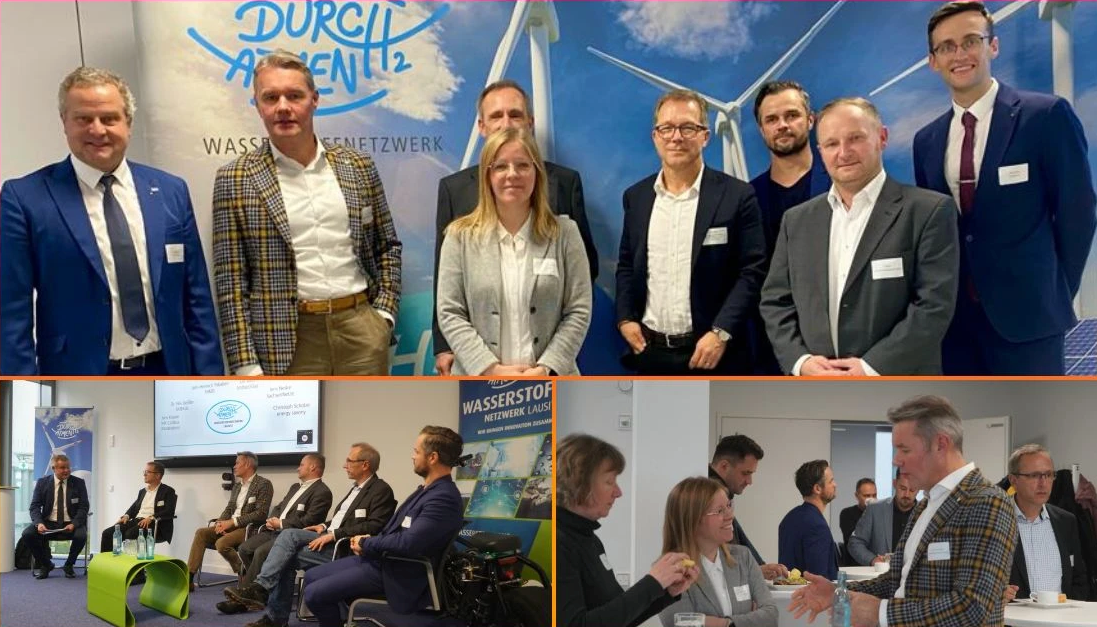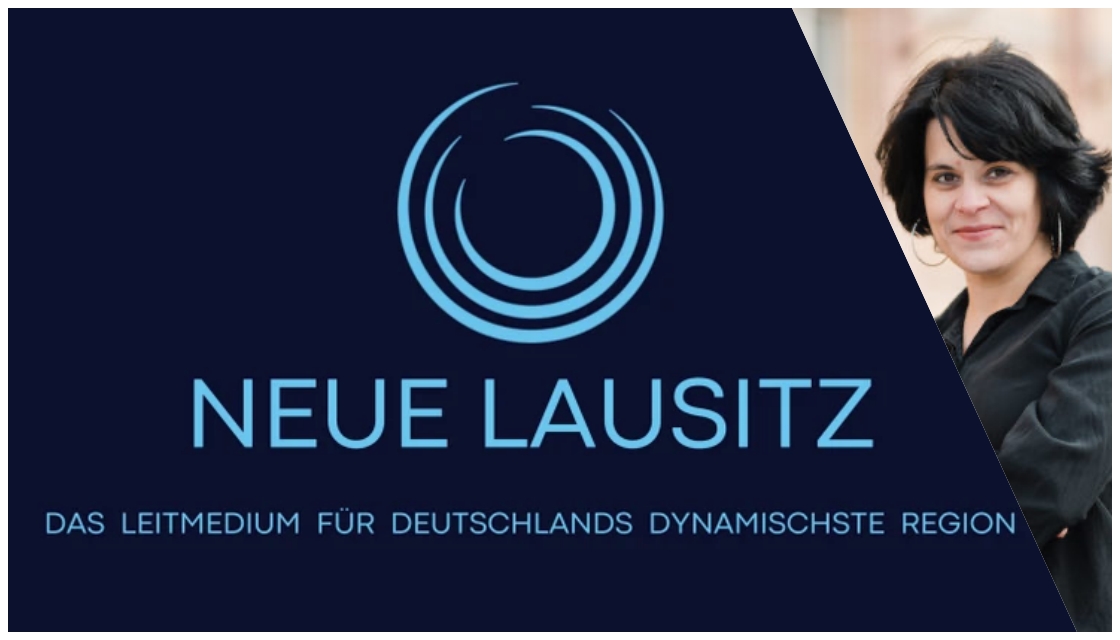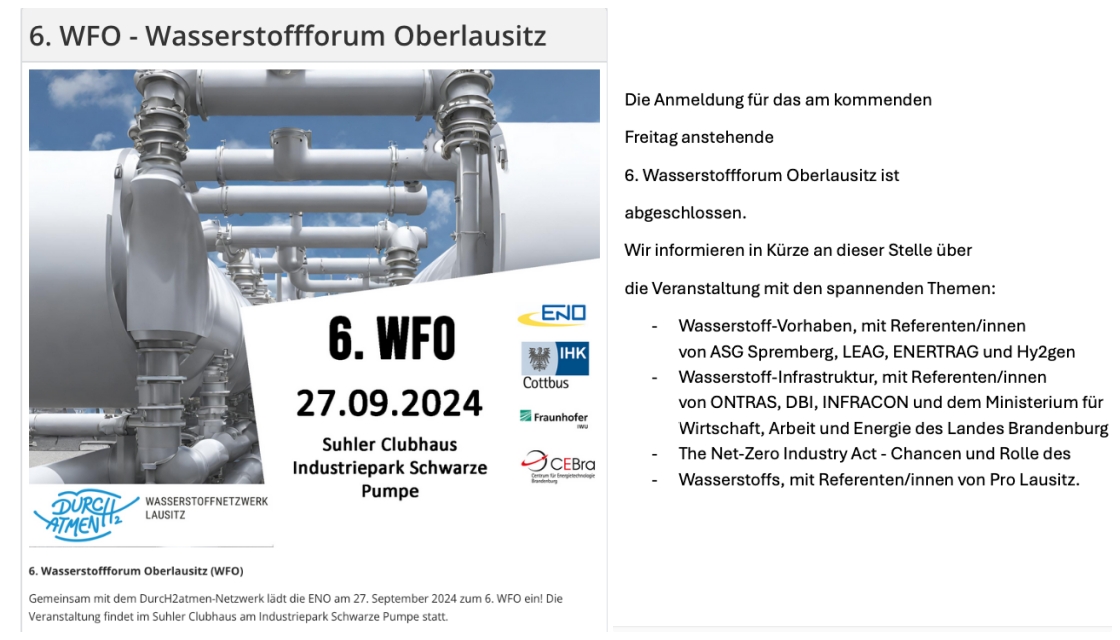structural development
Inquiries: Per Wiesner on renewable energies
- structural development
- Hits: 637

Mayor Per Wiesner: “For us, the energy transition is the lifeline.” ENO project manager Per Wiesner has been the honorary mayor of the municipality of Neißeaue since 2020 and has high hopes for renewable energies.
The business IT specialist worked as an IT consultant in Switzerland and the Netherlands and returned to the Görlitz district in 2010. Neißeaue has 1,700 residents, eight districts, three daycare centers, a primary school and an after-school care center. Christine Keilholz, editor of the deep journalism vertical Neuen Lausitz .
Like many structurally weak communities, Neißeaue in the Görlitz district great hopes for renewable energies. But now many projects are on hold. Mayor Per Wiesner reports in our UBL blog in a follow-up to the East German Energy Forum , where he was invited as an energy expert and panellist, to find out why.
Mr. Wiesner, how can we become faster in the energy transition?
By developing areas suitable for the expansion of renewable energies in such a way that they can make their contribution to the energy transition.
We are a rural, structurally weak community and are not blessed with arable land that makes agriculture attractive. We have a designated priority area for the construction of wind turbines in the municipality and our farmers would like to build agri-PV on a larger scale with the support of the municipality.
How is Neißeaue doing economically?
We have a total budget of four million euros annually. There's not enough money either way. With mandatory tasks such as daycare centers, construction yard and fire department alone, we have an annual loss of 100,000 euros in our budget. That's why the energy transition was a future topic for us and we really got into it. With the remuneration options from the EEG 2021 and 2023, we were able to convince citizens that this could be a future.
Sounds like the euphoria has now subsided.
Unfortunately she has. We focused on the topic because there were repowering offers for some of the wind turbines we have. We also have two agri-PV systems planned. But these projects are all currently on hold.
Why?
Because of the lack of infrastructure. We don't have the grid connections to get rid of the electricity produced. This is bitter and frustrating. Despite finished development plans and despite existing investors, we are not making any progress on such an important matter.
And now?
Well, we can't predict when this will continue. When can we ultimately count on the solid income that this topic brings to us? We had focused intensively on these projects in the hope that money would flow in 2023 or 2024. The systems would have brought in 400,000 euros per year in participation. We are now at the point where we have to return funding projects worth several hundred thousand euros that had already been approved. We can no longer afford the own funds for this.
Does this mean that the structural change, financed by the Coal Regions Investment Act, is canceled in Neißeaue for the time being?
In principle yes. We are not alone in this, as many colleagues in the area tell me. As municipalities, they are simply bankrupt and have no way of raising ten percent co-financing for such projects. We all feel the same way. The energy transition would be a lifeline for us rural, structurally weak communities, which is why we are committed to it.
Is the problem now the lack of speed? Or is something else getting in the way. The networks for electricity and hydrogen are being planned.
They are, but they were five years ago. In 2021 it was said that everything would be ready by 2026/27 at the latest. Now we know that we will still not have a connection option in 2030. In the past, electricity infrastructures were built according to the needs of large consumers. Now they would have to be built according to the needs of many small producers. But I can't see that happening. We have the best conditions for renewables in the Görlitz district; we could produce in any location and deliver to the large industrial locations. To Dresden to the TSMC factory or to Schwarze Pumpe . But when I look at the network plans, I see nothing in Upper Lusatia.

Image: To ensure that Upper Lusatia does not, as Per Wiesner says, become "the big nothing", the ENO is regularly involved, and in some cases also in a leading role, in the Upper Lusatia Hydrogen Forum - as here at the 4th WFO - you can find the entire report here
However, such network plans determine where in Germany it will be possible to earn money with green electricity in the future. So who prospers and who remains cut off.
In my view, network expansion is consumption-oriented. We are trying to use all means possible to activate and drum up support in the district so that the network operators see us. But unfortunately it is the case: feeding in many small and medium-sized producers is not interesting for the distribution network operators. It costs a lot of money to build the lines. However, only the consumer pays the fees. Actually, that's absurd. We urgently need generation capacity, as new industries also require more and more electricity. But the network operators only look at the supply. They are expanding where there are supply bottlenecks. Where the electricity comes from is of less interest.
Upper Lusatia is an energy region.
We are an energy region, but not a large consumer region. But we have to do that so that we can be taken care of now so that we can deliver our electricity. Rural regions are important if you want to produce more green electricity. The same applies to hydrogen. Unfortunately, we are in the blind spot in the middle of Germany. Everyone talks about having to get the lines from the north, where production takes place, to the south, where the big factories are. As the mayor of the eastern edge, I can continue to shout that we too are producers.
Which producers have the best cards under these conditions?
Producers in structurally strong regions. In our case, it is only the regions around the power plants that now burn brown coal. The infrastructure is already there there. In terms of Lusatia, this is good and important for the regions around the opencast mines, but we still have no prospects.
What has to happen?
There must be a significantly better balance between production and consumption. We need infrastructure in structurally weak regions. In the end, we municipalities will probably have to take care of this ourselves by building collection networks that feed into the distribution network at a single point. We calculated this for the Görlitz district. That would cost 250 million euros. We as municipalities cannot afford that. The federal and state governments would have to help us.
The UBL blog editorial team would like to thank Christine Keilholz (bottom right in the picture) for the opportunity to take over the interview.

It was first published in Neue Lausitz on September 17, 2024.

Register here to subscribe to the ENO Taskforce Structural Change event newsletter!
You can order a (test) subscription to Neue Lausitz by clicking .
Thank you for rating this post.
